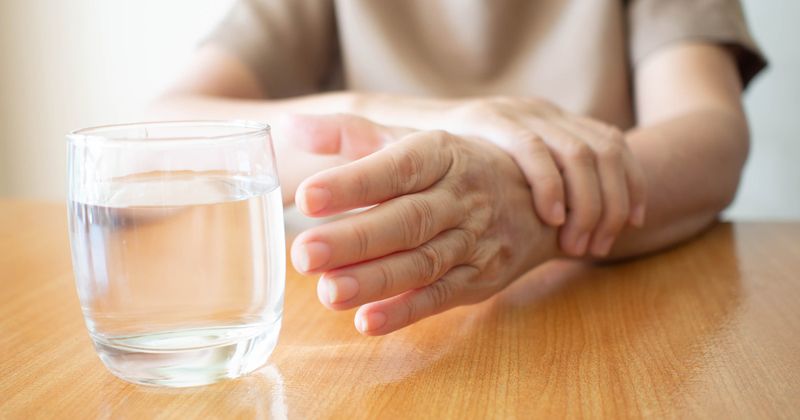Pose estimation provides quick, accurate motion tracking for neuro patients
Pose estimation may be a quick, accurate alternative for measuring full-body movements during neurological examinations, according to a pilot study published in PLOS One.
“Traditional assessments of repetitive movements rely on subjective clinical scales rated by a trained clinician,” Hannah L. Cornman, of the Center for Movement Studies at Kennedy Krieger Institute in Baltimore, and colleagues wrote. “Other approaches have used research-grade equipment (eg, motion capture systems), wearables and mobile devices to quantify performance of repetitive movements. However, motion capture systems are inaccessible to many clinicians and researchers, and wearable- or smartphone-based approaches typically access only specific movements (eg, finger tapping).

“There is a need for a rapid, low-cost approach capable of providing quantitative measurement of repetitive movements across multiple extremities using equipment that is readily accessible in the home or clinic.”
Cornman and colleagues sought to determine whether OpenPose, a whole-body pose estimation system, could measure patient movements as precisely as manual frame-by-frame analysis of video recordings.
Investigators recruited 10 healthy adults (4 men, 6 women; mean age 28 years) to record video of themselves on their own devices performing five distinct repetitive motions: finger tapping, hand opening and closing, hand pronation and supination, toe tapping, and heel tapping. Participants were asked to perform each task at four target frequencies spanning 1 to 4 Hz, using an online metronome, for roughly 10 seconds each. To promote consistency, participants were asked to follow specific instructions for filming the videos.
Cornman and colleagues analyzed the recordings using both the pose estimation method and manual, ground-truth measurements. Results showed that the pose estimation algorithm produced accurate estimates of movement frequencies, with a significant difference detected in only one hand exercise. Pose estimation-based detections for individual finger and hand tasks were strongly correlated with manual assessments for the same.
“We found that this approach provided largely accurate identifications of event times and estimations of movement frequencies when compared to ground-truth measurements,” Cornman and colleagues wrote. “Future work will aim to establish similar validity in clinical populations.”
